Early Life and Education
Ulpiano Checa y Sanz was born on **April 3, 1860**, in **Colmenar de Oreja**, a small town near Madrid, Spain. From an early age, he displayed a remarkable talent for drawing, which led his family to support his artistic ambitions. At **just 15 years old**, he moved to Madrid to enroll at the prestigious **Real Academia de Bellas Artes de San Fernando**, the same institution that trained masters like Francisco Goya and Joaquín Sorolla.
Under the guidance of **Alejandro Ferrant** (a prominent history painter) and **Manuel Domínguez** (a sculptor and painter), Checa honed his skills in **composition, anatomy, and chiaroscuro**. His academic training emphasized historical and narrative painting, which would become central to his later work.
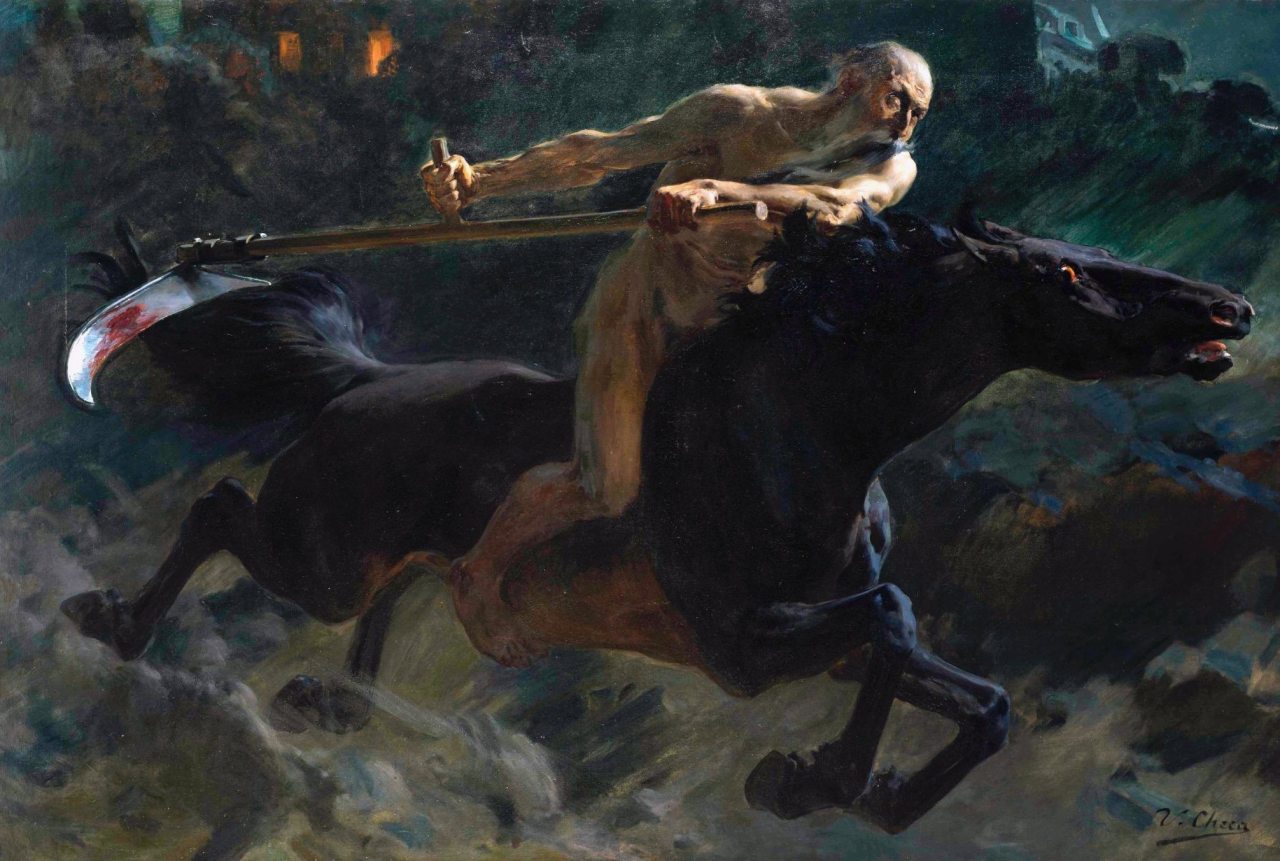
Artistic Career and Breakthrough
After completing his studies, Checa sought further opportunities abroad, settling in **Rome in 1884** as a pensioner of the **Spanish Academy in Rome**. There, he immersed himself in classical and Renaissance art, refining his technique while developing a fascination with **movement, drama, and historical themes**.
His **first major success** came in 1887 with *"The Invasion of the Barbarians" (La invasión de los bárbaros)*, a dynamic and violent scene that showcased his ability to depict chaotic motion and emotion. This work earned him **critical acclaim in Spain and Europe**, establishing him as a rising star in historical painting.
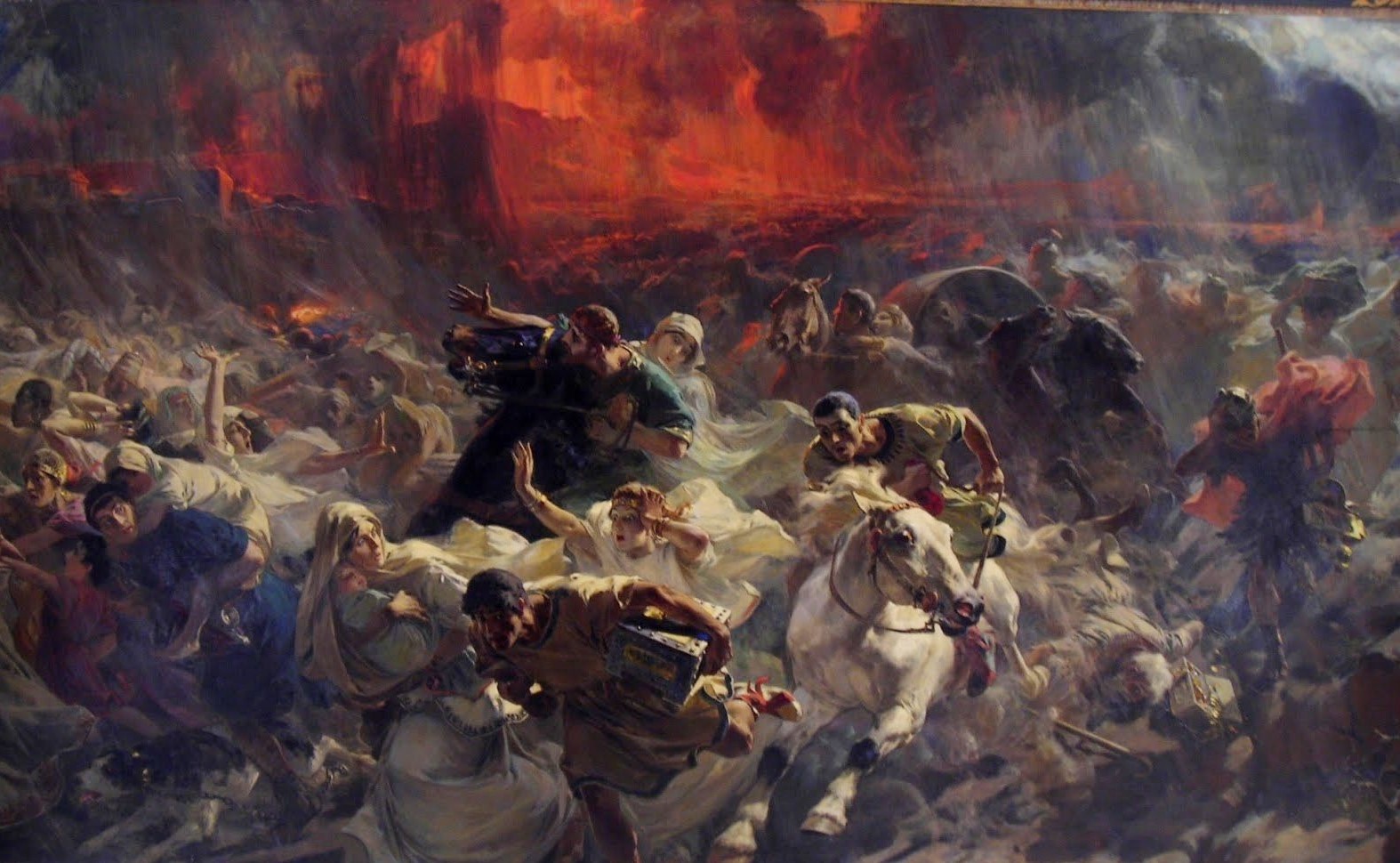
Mastery of Historical and Equestrian Paintings
Checa’s reputation soared with **"The Charge of the Mamluks" (La carga de los mamelucos, 1892)**, a monumental canvas depicting Napoleon’s cavalry clashing with Egyptian warriors. The painting’s **explosive energy, meticulous detail, and dramatic lighting** made it one of his most celebrated works. Today, it is housed in the **Museo Nacional del Prado** in Madrid.
He became particularly renowned for his **equestrian scenes**, where horses and riders were rendered with extraordinary vitality. His ability to capture **galloping motion and battlefield chaos** drew comparisons to French Romantic painters like **Théodore Géricault** and **Eugène Delacroix**.
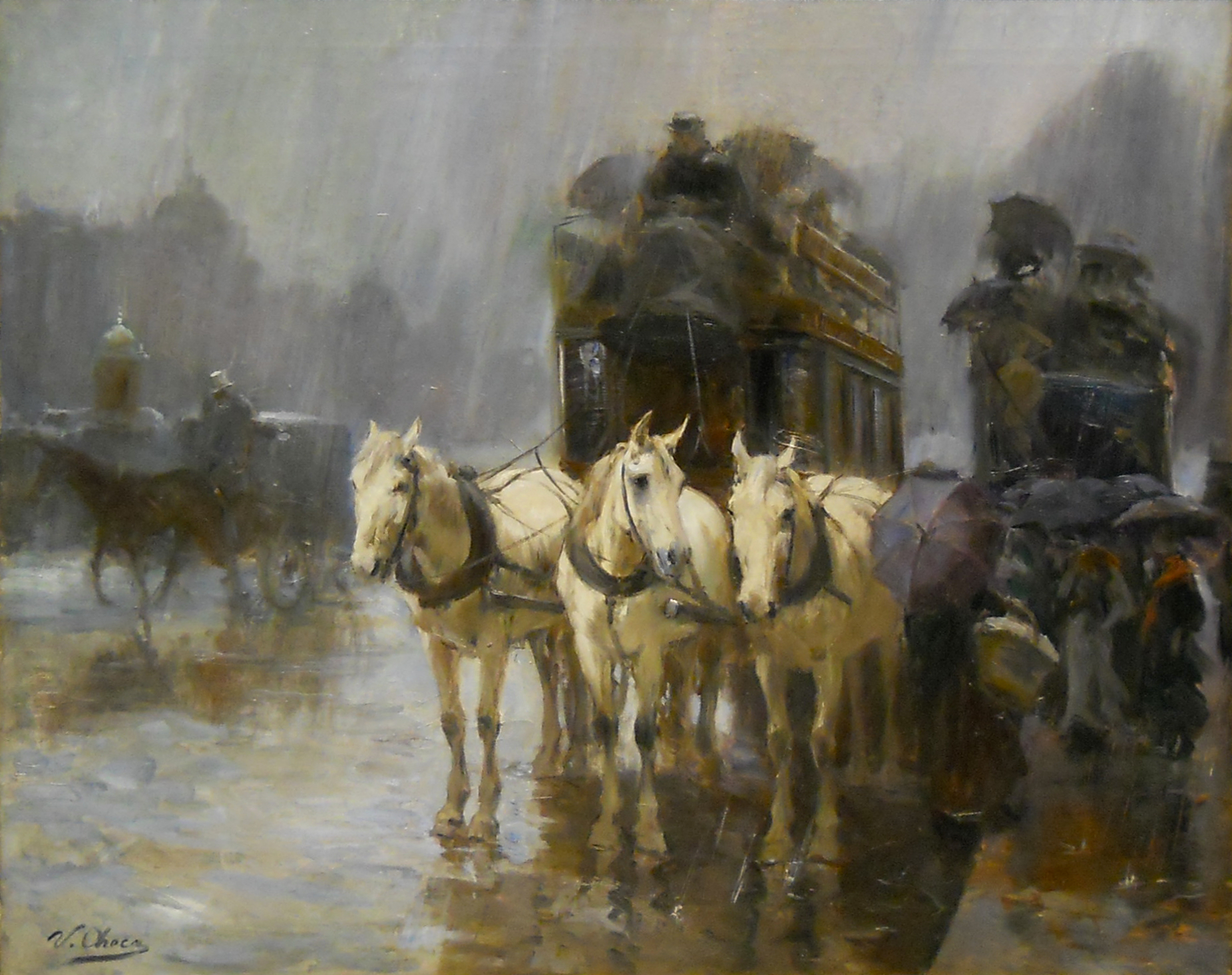
Travels and International Recognition
Checa was a cosmopolitan artist, dividing his time between **Madrid, Paris, and Buenos Aires**. In **Paris**, he became part of the vibrant artistic community, exhibiting at the **Salon des Artistes Français** and winning medals for his works. His **Orientalist paintings**, influenced by French academic trends, depicted exoticized North African and Middle Eastern scenes.
In **Argentina**, he gained prominence as a society portraitist and muralist. He painted **elegant portraits of Buenos Aires’ elite** and contributed to the decoration of public buildings, including the **Teatro Colón**. His time in Latin America also inspired landscapes and genre scenes, broadening his stylistic range.
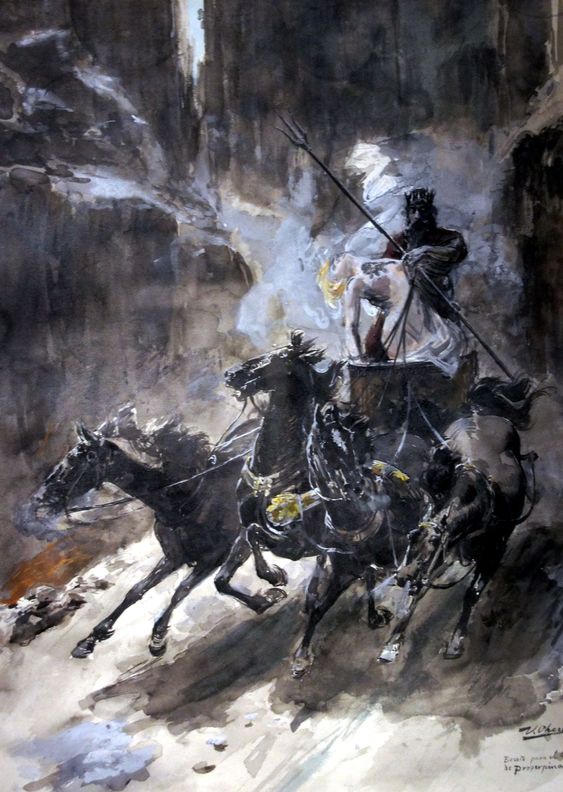
Illustration, Posters, and Other Works
Beyond oil paintings, Checa was a prolific **illustrator and graphic artist**. He contributed to **magazines, books, and advertising posters**, embracing the emerging Art Nouveau style. One of his most famous posters was for the **1900 Paris Exposition Universelle**, showcasing his versatility in commercial art.
He also experimented with **sculpture**, creating small bronzes and statuettes, often of horses and warriors, reinforcing his fascination with movement and form.
Later Years and Legacy
In his final years, Checa settled in **Dax, France**, where he continued painting until his death on **January 5, 1916**. Despite his international success, his name faded somewhat in the 20th century, overshadowed by modernists like Picasso. However, recent exhibitions and retrospectives have revived interest in his work.
Today, his paintings are held in major collections, including:
- **Museo del Prado (Madrid)**
- **Museo Ulpiano Checa (Colmenar de Oreja)**
- **Museo Nacional de Bellas Artes (Buenos Aires)**
- **Private collections worldwide**
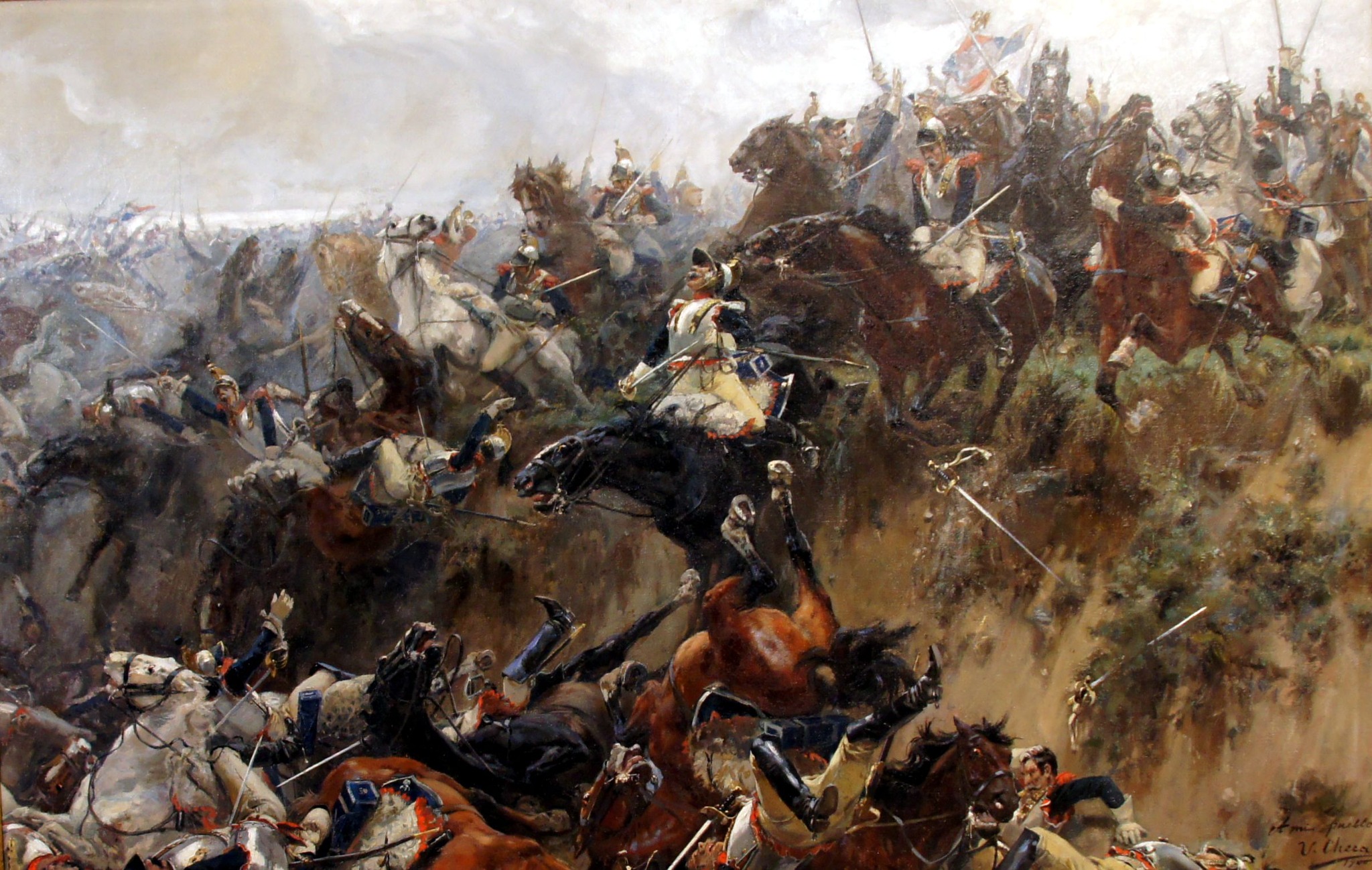
Artistic Style and Influence
Checa’s work blends:
- **Spanish Realism** (seen in his precise draftsmanship)
- **French Academicism** (in his polished finish and historical themes)
- **Romantic Dynamism** (in his dramatic, action-packed compositions)
He was influenced by **Mariano Fortuny, Jean-Louis-Ernest Meissonier, and the Orientalist movement**, yet developed a **distinctive, energetic style** that set him apart.
Conclusion
Ulpiano Checa y Sanz remains one of Spain’s most accomplished **19th-century painters**, a master of historical narrative and motion whose works continue to captivate audiences. His ability to merge **technical precision with explosive drama** ensures his place in art history as a bridge between tradition and modernity.
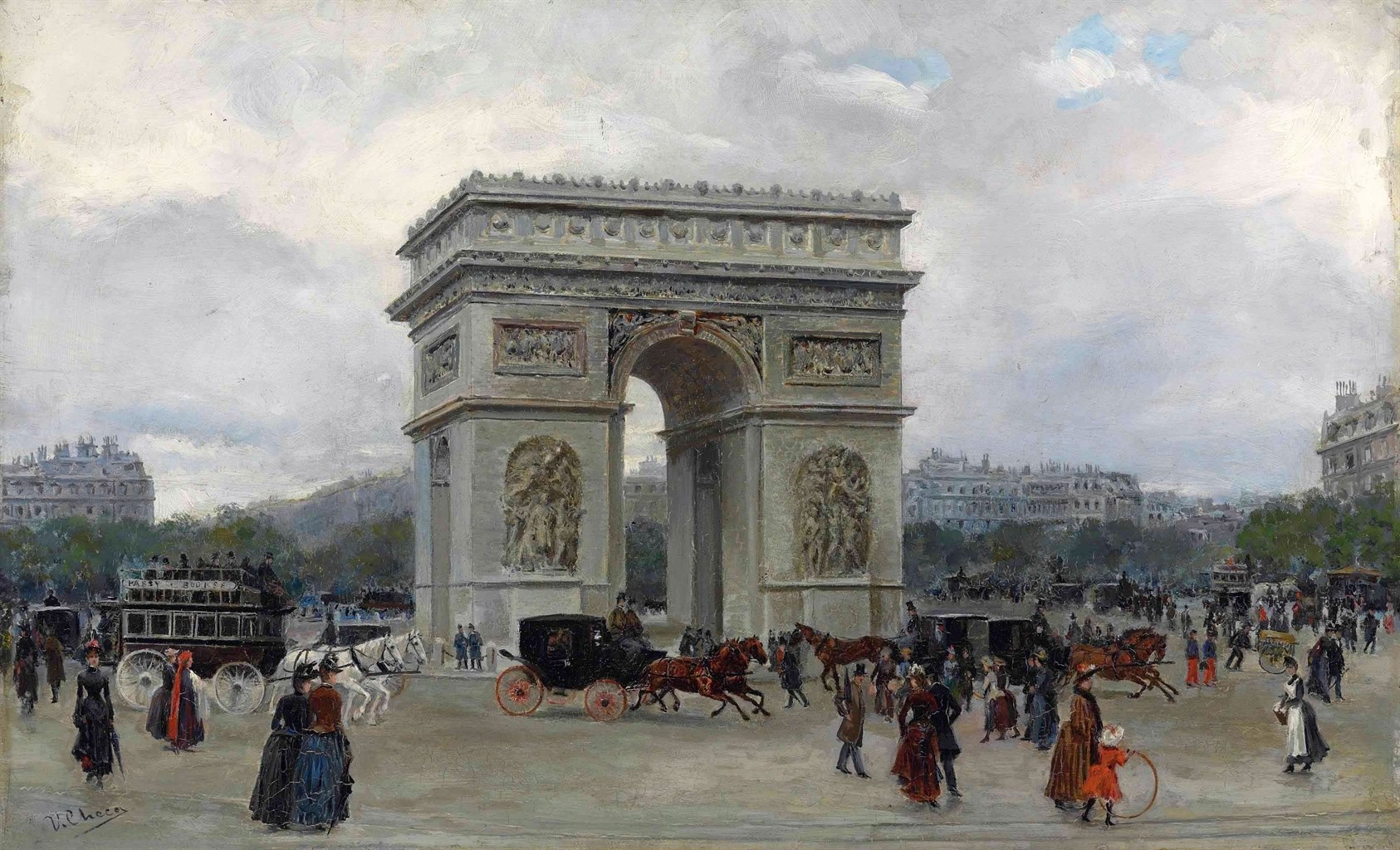


|
